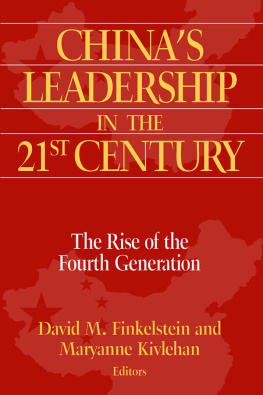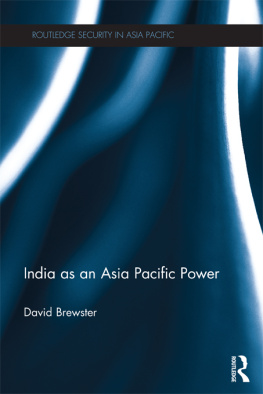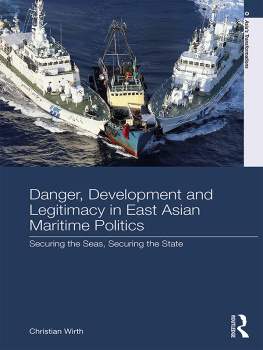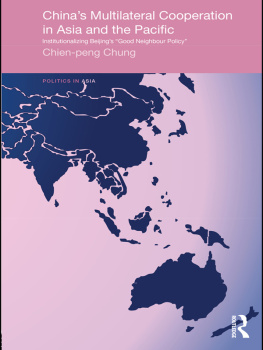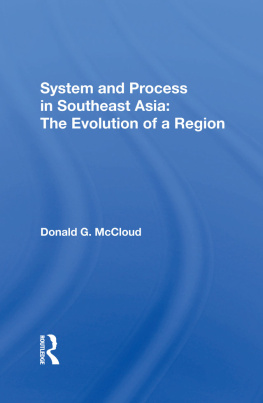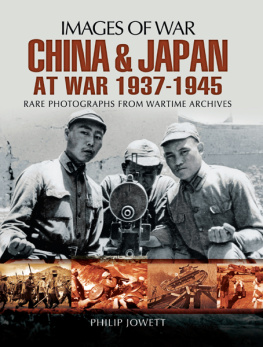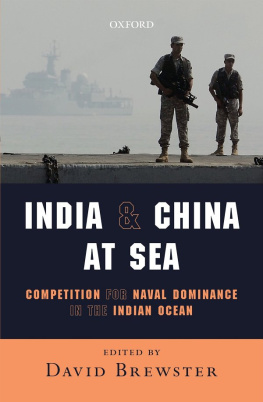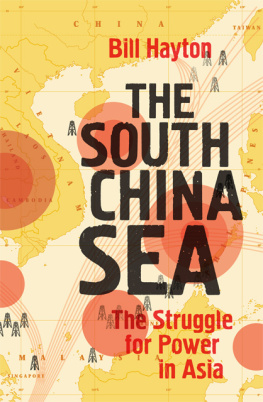ALSO BY RICHARD B. FRANK
TOWER OF
SKULLS
A HISTORY OF
THE ASIA-PACIFIC WAR
JULY 1937MAY 1942
RICHARD B. FRANK

Copyright 2020 by Pacific War History, Inc.
All rights reserved
First Edition
For information about permission to reproduce selections from this book, write to Permissions, W. W. Norton & Company, Inc., 500 Fifth Avenue, New York, NY 10110
For information about special discounts for bulk purchases, please contact W. W. Norton Special Sales at specialsales@wwnorton.com or 800-233-4830
Jacket design: Sarahmay Wilkinson
Jacket photograph: AKG-Images / Pictures from History
Book design by Chris Welch
Production manager: Lauren Abbate
The Library of Congress has cataloged the printed edition as follows:
Names: Frank, Richard B., author.
Title: Tower of skulls : a history of the Asia-Pacific war / Richard B. Frank.
Other titles: History of the Asia-Pacific war
Description: First edition. | New York : W. W. Norton & Company, [2020 ] | Includes bibliographical references and index. | Contents: volume 1. July 1937May 1942Identifiers: LCCN 2019033200 | ISBN 9781324002109 (v. 1 ; hardcover) | ISBN 9781324002116 (v. 1 ; epub)
Subjects: LCSH: World War, 19391945CampaignsPacific Area. | World War, 19391945CasualtiesPacific Area.
Classification: LCC D767 .F73 2020 | DDC 940.54/25dc23
LC record available at https://lccn.loc.gov/2019033200
W. W. Norton & Company, Inc., 500 Fifth Avenue, New York, N.Y. 10110
www.wwnorton.com
W. W. Norton & Company Ltd., 15 Carlisle Street, London W1D 3BS
To Samuel Eliot Morison, for the inspiration to love and study history.
You are building your conception of an Asia which would be raised on a tower of skulls.
BENGALI POET RABINDRANATH TAGORE IN A LETTER TO THE JAPANESE POET AND NATIONALIST YONEJIRO NOGUCHI, 1938
I believe that the fundamental proposition that we must recognize is that the hostilities in Europe, in Africa, and in Asia are all parts of a single world conflict.
PRESIDENT FRANKLIN D. ROOSEVELT, JANUARY 1941
CONTENTS
TOWER OF
SKULLS
E ight miles southwest of Beijing the old Lugouqiao Bridge girds the Yongding River. Eleven arches suspend an elegant roadway stretching nearly three hundred yards. Since the bridge was first constructed in the twelfth-century reign of the Jin dynasty, countless footfalls and wheel scrapes have smoothed the stone surface. The balustrades flanking the roadway rest on 250 marble posts and mount over 400 carved white ornamental lion statues. Diminutive lion sculpturesno two alikeadorn the larger ones.
When Marco Polo gazed upon the span during his thirteenth-century travels, he pronounced it without peer in Europe. By July 1937 the bridge was known outside China as the Marco Polo Bridge, a name accentuating foreign ascendancy and Chinese decline. That same month saw the Lugouqiao Bridge set the scene as the curtain rose on a calamitous drama that would engulf first China and then the world over the next eight years. That drama would be best known as The Marco Polo Bridge Incident.
CHINA IN 1937 was deeply divided, and its sovereignty was in peril. With the collapse of the Qing dynasty in 1911, thousands of years of Chinese dynastic rule came to a convulsive end. The country fragmented into zones governed by competing regional leaders, often branded as warlords. That term accentuates the military measure of these competing leaders, but all rivals for political ascendancy ultimately rely upon arms to maintain or expand their power. These regional leaders differed not just in military terms, but also in a wide spectrum of economic and political environments in which they operated. The Kuomintang (KMT) or Nationalist Party formed the leading faction. Its founder was Dr. Sun Yat-sen (Sun Zhongshan), the most revered figure to emerge from the dense (and often lethal) Chinese political thickets of the first three decades of the twentieth century. Suns forte proved to be his visionary pronouncements, most famously his Three Principles ( San min zhu yi ) carrying the tang of contemporary Western intellectual currents of nationalism, democracy, and socialism (peoples livelihood). But Sun believed that democracy must be cautiously grafted onto China after a period of benign authoritarianism that he called tutelage.
Sun created the Nationalist Party in 1919. One of his followers was a soldier whose steadfast loyalty won Suns confidence and affection. In repayment Sun bestowed on his Cantonese protg the name by which he is best known in the West: Chiang Kai-shek.
Before he died of cancer in March 1925, Sun adopted for himself the title of Generalissimo. He formed an alliance with the Soviet Union (telling Vladimir Lenin that Chiang was his most trusted deputy) and organized the Nationalists along Marxist-Leninist lines. Upon Suns death, Jingwei Wang, a handsome, intelligent, charismatic, long-standing Nationalist leader, appearednot least to his own satisfactionas Suns obvious successor. Chiang lacked any lofty post within the inner party hierarchy, which dismissed his qualifications. But ordinary Nationalist members eyed Chiang as a forceful military leader and an independent, incorruptible, and faithful disciple of Sun. Chiang also carried credentials as the Nationalist figure most knowledgeable about the Soviet Union, now the partys principal backer. The succession struggle played out with violence and subterfuge over some time, but to the surprise of all but a few observers, Chiang became the new Generalissimo of the Nationalists. After this defeat, Jingwei Wang did not leave the world stage but would go on to make his name perhaps the most iniquitous in twentieth-century Chinese history.
As historian Gregor Benton phrased it, the Nationalists were an aggregation of relatively autonomous cliques and powerful personalities rather than a political party in the modern sense. The ideological outlook of at least six distinct cliques and even more major personalities formed a kaleidoscope whose political philosophy spanned from left to far right. Lacking an established power base within the Nationalist Party, Chiang held sway by skillfully balancing one faction against another. His limited sources of personal loyalty derived from ties to his native Zhejiang province and a network of graduates of the Whampoa Military Academy he once headed. He never purified the Nationalists incoherent ideological components, perhaps realizing it was infeasible or even that the multiple viewpoints were useful for his purposes, and he fell back on the techniques of nepotism, favoritism, suppression, and ultimately terror to further his control.
In 1926, against the counsel of Chinese and Soviet advisers and the expectations of nearly all Western observers, Chiang gathered his National Revolutionary Army (NRA) and launched the Northern Expedition to realize Suns dream of unifying the nation. Despite being outnumbered about ten to one by regional military forces, and with only about 20 percent of Chiangs 100,000-man army reliably loyal to him, by the end of the year the Nationalists had expanded from their original base in Guangdong province to control six more provinces with a combined population of 170 million, roughly one-third of Chinas total. Chiang displayed boldness in maneuvers that kept his enemies off balance and deft political agility in forming alliances with regional leaders.




